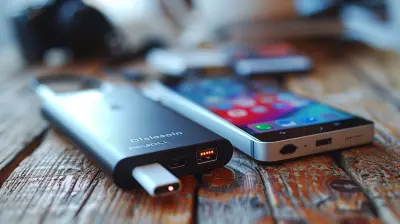How to Maximize Battery Life on Your Ultrabook
21 May 2025
Let’s be real—there’s nothing worse than your ultrabook dying when you're knee-deep in an important project or binge-watching your favorite series. You start frantically searching for a power outlet, only to realize you left your charger at home. Ugh, been there.
But don’t worry! If your ultrabook’s battery isn't lasting as long as you'd like, you’re not alone. The good news? There are plenty of ways to squeeze out extra juice and keep your device running longer. In this guide, I’m going to walk you through practical tips to maximize battery life on your ultrabook so you can stop worrying about charging and focus on what really matters.
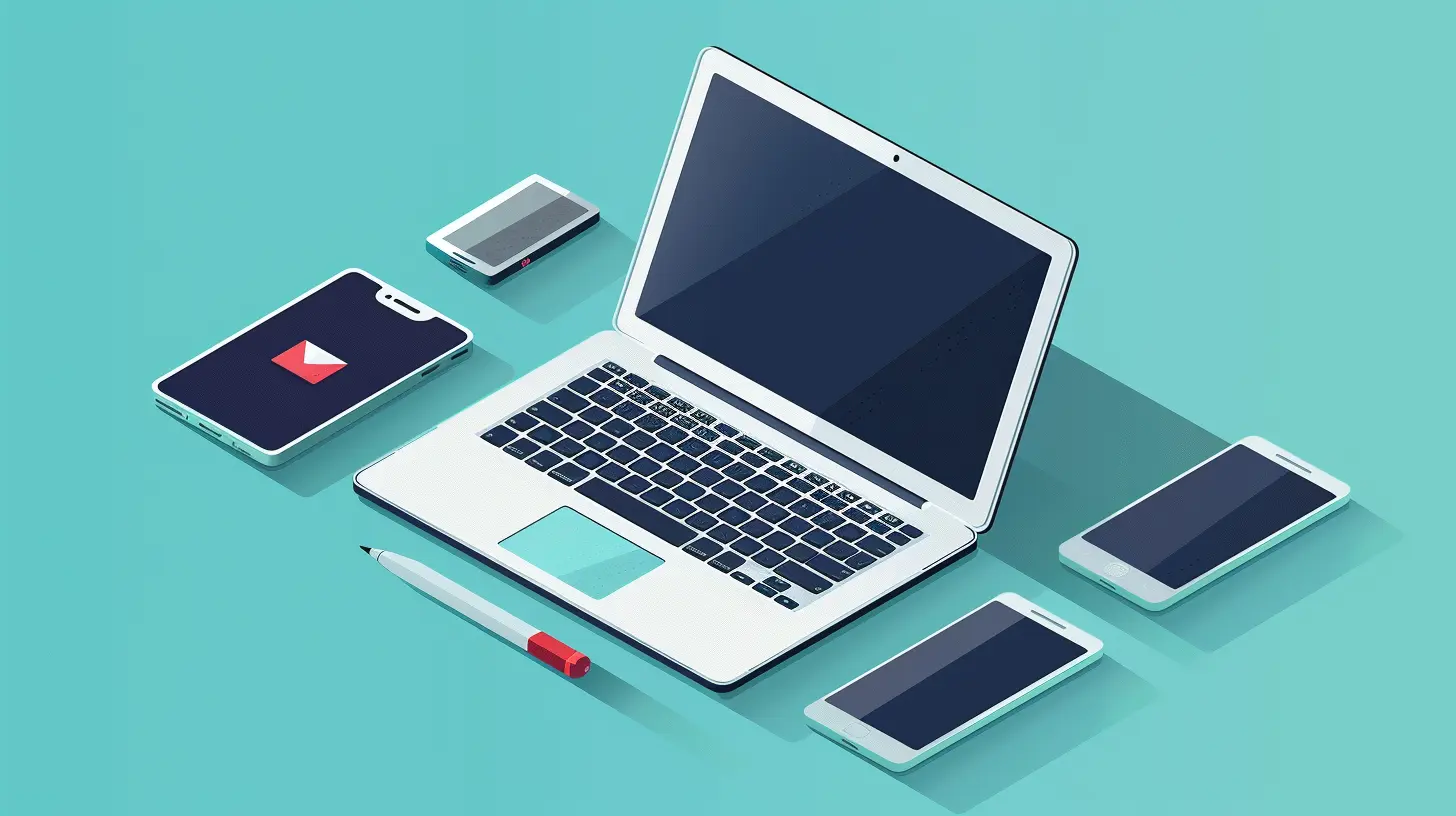
1. Adjust Your Display Settings
One of the biggest battery drainers? That bright, beautiful screen. Sure, high brightness makes everything look stunning, but it also eats up power like a hungry toddler with a bag of cookies.Lower the Brightness
Dialing down your screen brightness can significantly extend battery life. Most ultrabooks have function keys that let you adjust brightness quickly—so get familiar with those!Enable Auto-Brightness (If Available)
Some ultrabooks have an adaptive brightness setting that adjusts screen brightness based on ambient light. Turning this on helps save power without you even thinking about it.Reduce Screen Timeout
If your screen stays on even when you're not using it, you're wasting battery. Set your display to turn off after a short period of inactivity—30 seconds to a minute is a good range.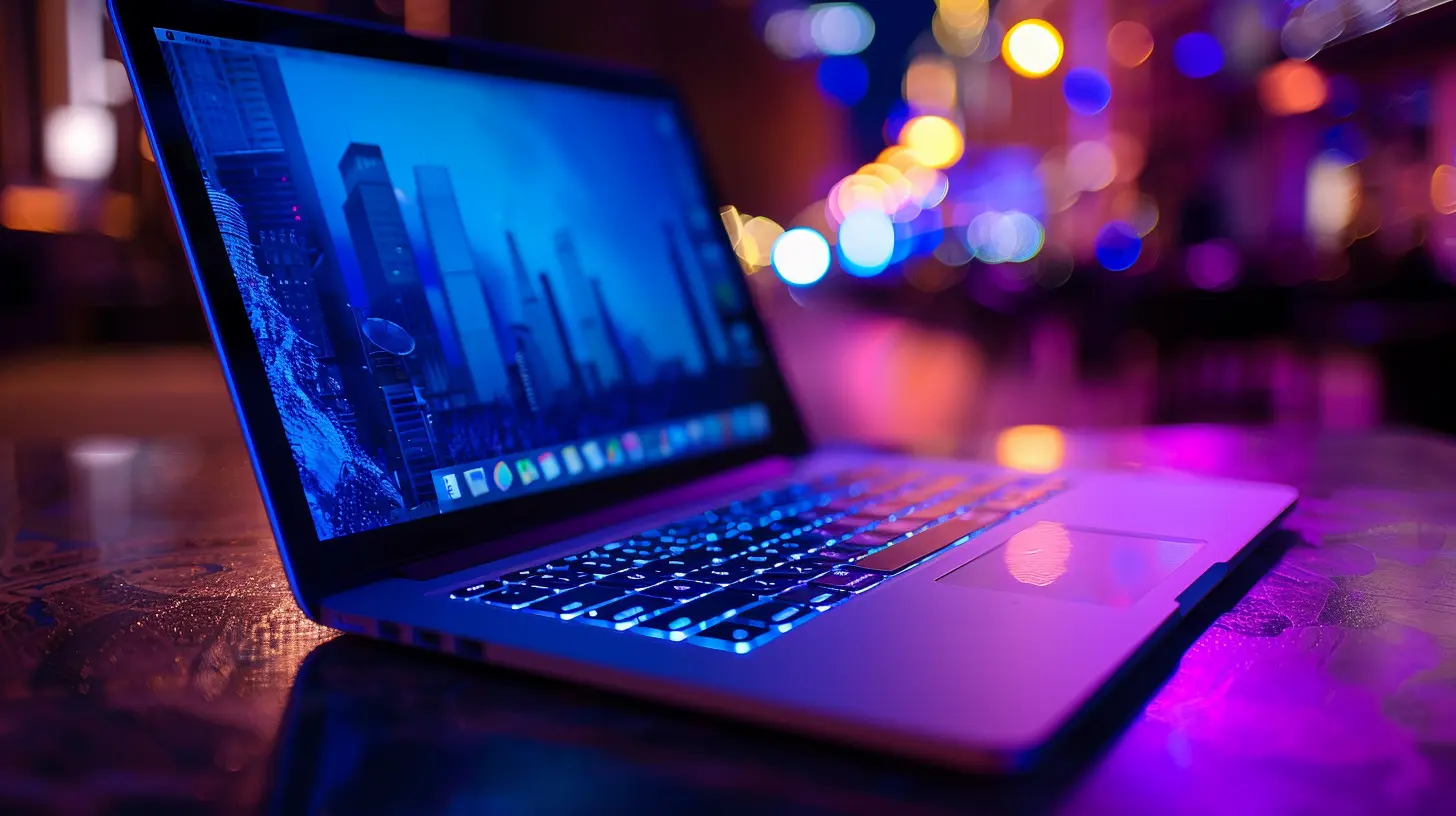
2. Manage Your Power Settings
Windows and macOS come with built-in power management settings that can help you extend battery life.Use Battery Saver Mode
When your ultrabook isn't plugged in, switch to "Battery Saver" (Windows) or "Low Power Mode" (macOS). These modes automatically reduce background activity, lower screen brightness, and limit power-hogging processes.Customize Power Plan (Windows Users)
Windows users can dive into the power settings and tweak advanced options:- Lower processor speed when on battery
- Disable background apps that aren’t essential
- Adjust sleep settings to turn off the display sooner
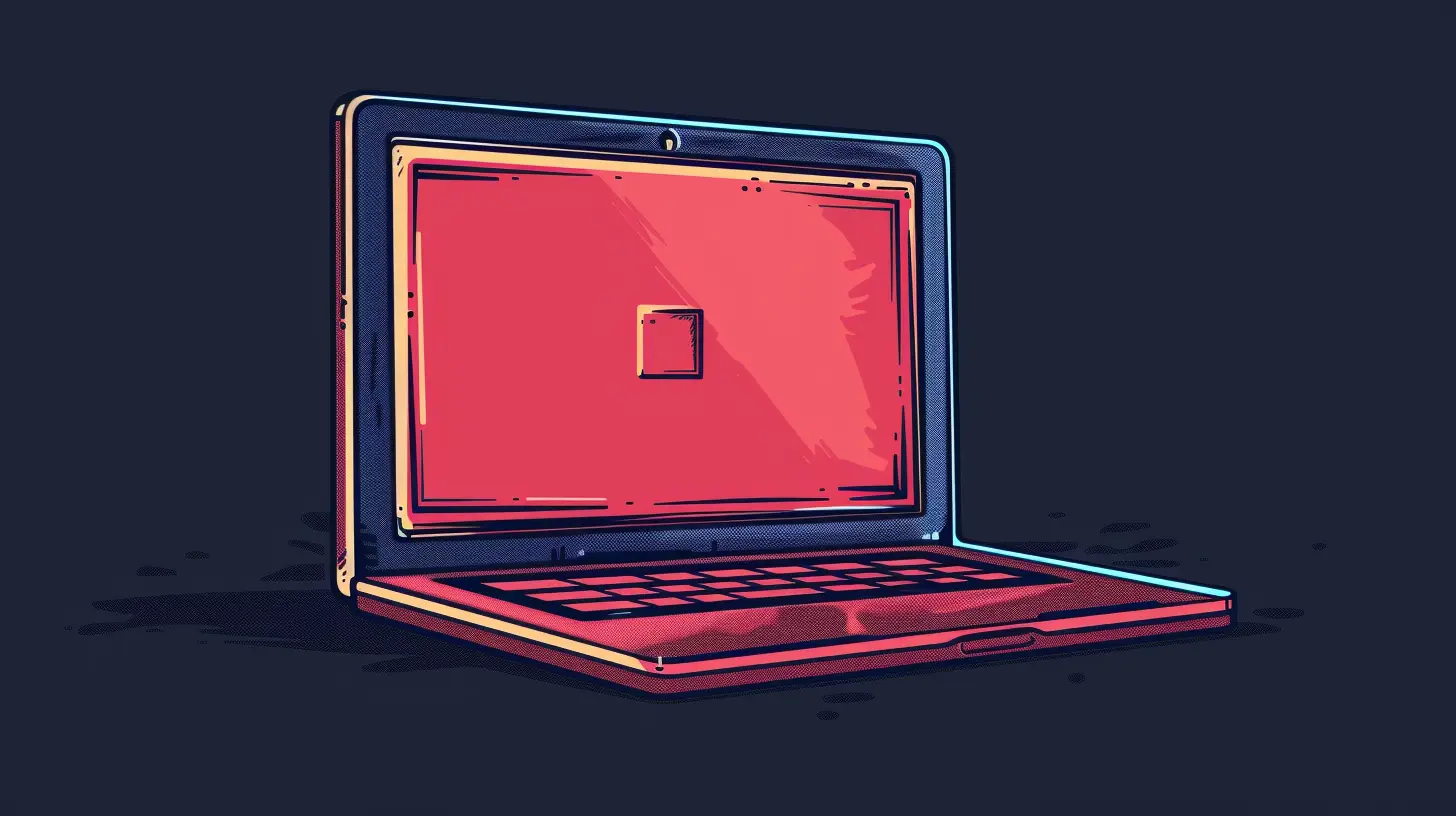
3. Close Unnecessary Background Apps
Think of background apps as tiny battery leeches—they slowly drain power without you even realizing it.Check What’s Running
Open Task Manager (Windows) or Activity Monitor (Mac) to see which apps are using the most power. You might be shocked at how many unnecessary apps are running.Kill Power-Hogging Apps
If there’s an app you’re not actively using but it's consuming power, shut it down! Web browsers with a dozen open tabs, chat apps, and cloud syncing tools can drain battery faster than you'd expect.Disable Startup Programs
Some applications start automatically when you turn on your laptop. Disable unnecessary ones from loading at startup to save battery from the get-go.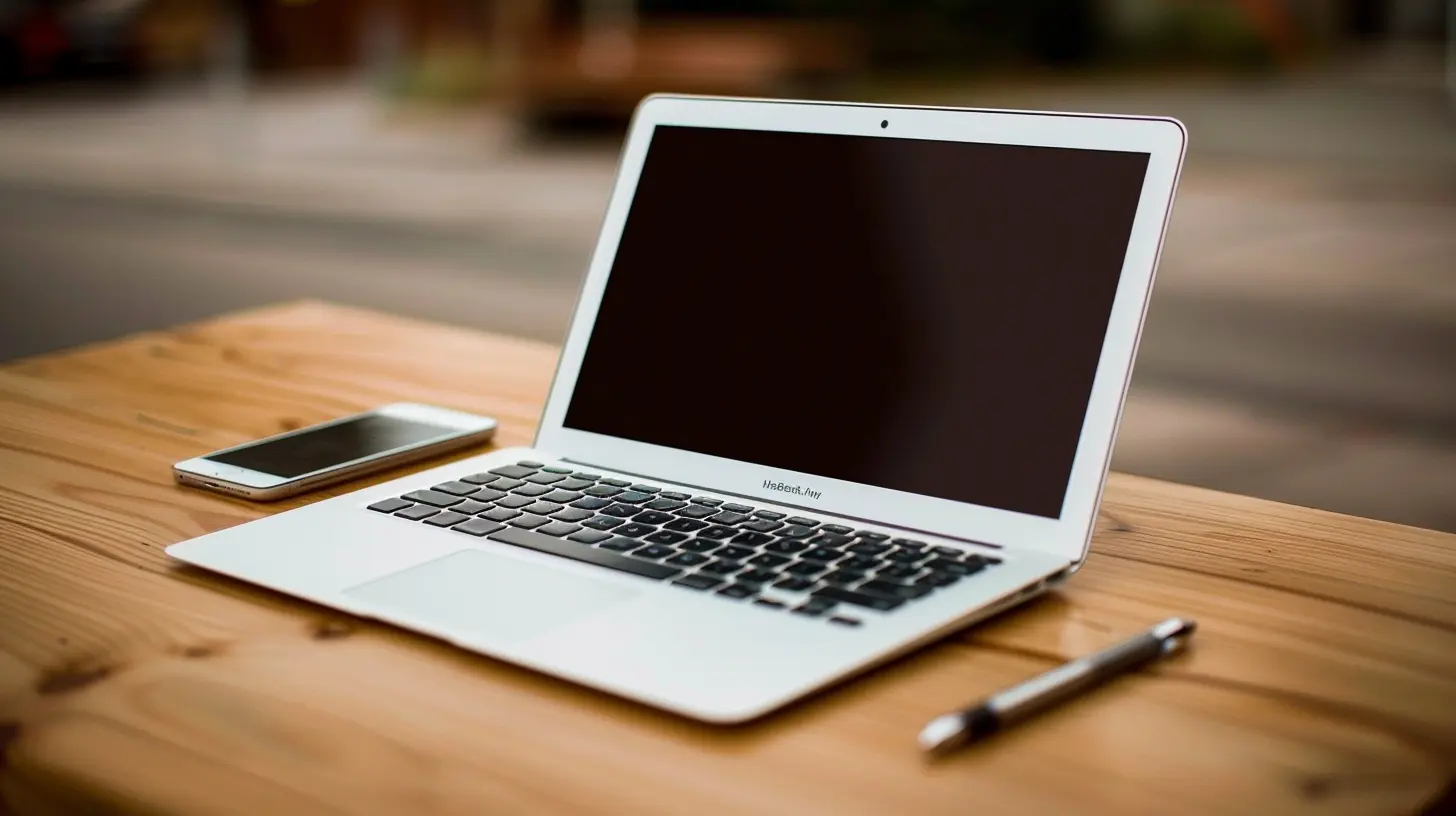
4. Tweak Connectivity Settings
Wireless connections are a silent killer for battery life. The more connections your ultrabook maintains, the more power it uses.Turn Off Wi-Fi & Bluetooth When Not Needed
If you’re working offline, turn off Wi-Fi. Same goes for Bluetooth—keep it off unless you’re actively using wireless headphones or accessories.Use Airplane Mode When Possible
If you're just typing up a document or editing photos and don’t need the internet, switch your ultrabook to Airplane Mode. This shuts off all wireless connections, conserving power.5. Limit Heavy Processing Tasks
Some tasks are more power-hungry than others. Video editing, gaming, and running virtual machines can drain your battery super fast.Avoid Multitasking Like Crazy
Having multiple heavy apps running at once (think Photoshop + Chrome + Spotify + Zoom) will destroy your battery. Close what you’re not using!Disable Hardware-Accelerated Features
Some applications use hardware acceleration to improve performance, but this can use more power. If you're on battery mode, consider turning this feature off in apps like browsers and video players.
6. Keep Your Software Updated
Software updates aren’t just about new features—they also include efficiency and power-saving improvements.Update Your Operating System
Both Windows and macOS regularly release power optimization tweaks. Keeping your OS updated ensures your ultrabook is running as efficiently as possible.Update Drivers
Drivers (especially for graphics and power management) help ensure your hardware is optimized for energy efficiency. Check your manufacturer’s website or use built-in update tools.7. Optimize Your Web Browsing Habits
Web browsing might not seem like a big deal, but browsers can be sneaky battery hogs.Use a Battery-Friendly Browser
Some browsers (like Microsoft Edge and Safari) are optimized for better battery life. If you’re using Chrome, consider switching to a more efficient alternative when on battery.Limit Open Tabs
Each open tab consumes memory and CPU power. If you’re a tab hoarder (we’ve all been there), try “tab suspension” extensions that automatically put inactive tabs to sleep.Disable Auto-Playing Videos
Nothing drains your battery faster than auto-playing videos in the background. Disable this feature in your browser settings to save energy.
8. Reduce Notifications & Background Syncing
Real-time notifications and background syncing services keep your ultrabook busy, which drains battery life.Turn Off Unnecessary Notifications
Every pop-up and email alert keeps your system awake. Adjust notification settings so only the important ones get through.Pause Cloud Syncing
If you're working on battery, pause OneDrive, Google Drive, or Dropbox syncing. Cloud apps continuously sync files in the background, using both CPU and internet—two major battery killers.9. Maintain Battery Health
Your ultrabook’s battery will degrade over time, but you can slow down the process by treating it right.Avoid Full Discharges
Contrary to old-school myths, it’s better not to fully drain your battery before recharging. Try to keep it between 20%-80% for better long-term battery health.Keep It Cool
Heat is the enemy of batteries. Avoid using your ultrabook on soft surfaces like beds or couches, as this can block ventilation. An overheated battery will degrade faster.Use the Right Charger
Cheap third-party chargers can mess with your battery’s lifespan. Always use a high-quality charger (preferably the one that came with your ultrabook).
10. Consider Battery Replacement (If Needed)
If your ultrabook’s battery barely lasts an hour even after all these optimizations, it might be time for a replacement. Many newer ultrabooks have non-removable batteries, so you might need professional help to swap it out.Final Thoughts
Maximizing your ultrabook’s battery life isn’t rocket science—it’s all about tweaking settings, cutting unnecessary tasks, and taking good care of your battery. Small changes can add up, giving you extra hours of use without needing to hunt for a charger.So, next time you’re heading out for the day, follow these tips and enjoy a longer-lasting battery!
all images in this post were generated using AI tools
Category:
UltrabooksAuthor:

John Peterson
Discussion
rate this article
3 comments
Kieran Morris
Thank you for this insightful article! Maximizing battery life on my ultrabook has been a game-changer for both productivity and convenience. The tips you shared are practical and easy to implement. I appreciate the effort you put into helping us get the most out of our devices!
June 10, 2025 at 4:45 AM

John Peterson
Thank you for your kind words! I'm glad you found the tips helpful for boosting your ultrabook's battery life. Happy computing!
Zevin Fields
Great tips! I always struggle with battery life—this will definitely help!
June 5, 2025 at 4:53 AM

John Peterson
Thank you! I'm glad you found the tips helpful—optimizing battery life can make a big difference!
Marissa Wyatt
In our quest for efficiency, maximizing battery life on ultrabooks serves as a reminder of balance—between performance and sustainability. As technology advances, recognizing our power consumption not only enhances our devices' longevity but also prompts introspection on our relationship with energy and its broader impact on the environment.
June 3, 2025 at 12:29 PM

John Peterson
Thank you for your insightful comment! Striking the right balance between performance and sustainability is indeed crucial as we seek to extend battery life while being mindful of our energy consumption.

